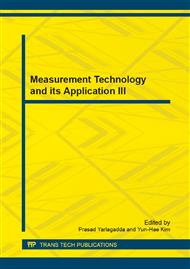p.1539
p.1547
p.1551
p.1559
p.1565
p.1569
p.1573
p.1577
p.1581
Software Design of Personnel Management System in University
Abstract:
This paper presents a unified personnel management system modeling language design. Unified Modeling Language is the use of object-oriented visualization, documentation and other standardized modeling language. The system uses the most popular B / S architecture, the choice of Microsoft's ASP.NET web development carried foreground, background database selected Microsoft SQL2005, through a combination of the two can give full play to the efficiency of personnel management software and have security features.
Info:
Periodical:
Pages:
1565-1568
Citation:
Online since:
June 2014
Authors:
Keywords:
Price:
Сopyright:
© 2014 Trans Tech Publications Ltd. All Rights Reserved
Share:
Citation:


